 |
 |
 |
| |
Pegylated Interferon Lambda (pegIFNλ) Phase 2 Dose-Ranging, Active-Controlled Study in Combination With Ribavirin (RBV) for Treatment-Naive HCV Patients (Genotypes 1, 2, 3, or 4): Safety, Viral Response, and Impact of IL28B Host Genotype Through Week 12
|
| |
| |
Reported by Jules Levin
AASLD Nov 1 2010 Boston
Muir AJ,1 Lawitz E,2 Ghalib RH,3 Sussman NL,4 Anderson F,5 Everson GT,6 Jacobson IM,7 Lopez-Talavera JC,8 Horga M-A,8 Hillson JL,9 Gray TE,9 Fontana DJ,9 Ramos EL,9 Rodriguez-Torres M10
1Duke University, Durham, NC, United States; 2Alamo Medical Research, San Antonio, TX, United States; 3The Liver Institute, Dallas, TX, United States; 4Baylor University, Waco, TX, United States; 5Liver and Intestinal Research Centre, Vancouver, BC, Canada; 6University of Colorado,
Aurora, CO, United States; 7New York Hospital, New York, NY, United States; 8Bristol-Myers Squibb, Wallingford, CT, United States; 9ZymoGenetics, Inc., Seattle, WA, United States; 10Fundacion de Investigacion de Diego, Santurce, San Juan, Puerto Rico
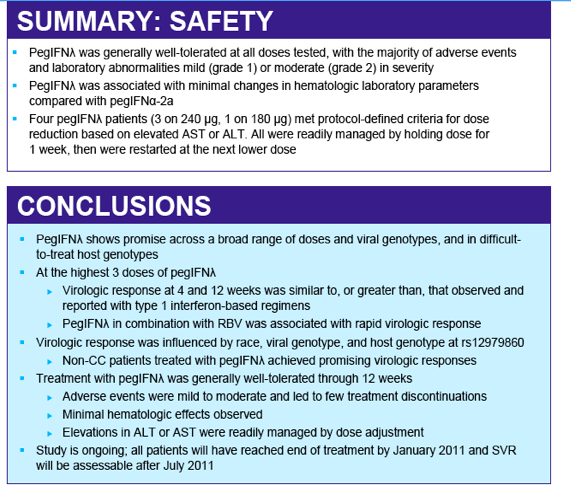
INTRODUCTION
PegIFNλ is in development as a new treatment for chronic hepatitis C virus (HCV)
-- PegIFNλ, a member of the type III/λ interferon family, binds to a unique receptor with more restricted distribution than the receptor for type I/α interferons, and thus has the potential for efficacy comparable to that of other interferons with a more favorable tolerability and side effect profile
-- A phase 1b study of pegIFNλ at several weight-based dose levels administered for 4 weeks in combination with ribavirin (RBV) showed robust antiviral activity, with minimal constitutional symptoms or hematologic effects. The primary dose-limiting toxicity was reversible elevations in alanine aminotransferase (ALT) or aspartate aminotransferase (AST), with or without increased bilirubin levels
Here we report the safety, tolerability, and antiviral activity through 12 weeks on combination therapy in a phase 2a study evaluating fixed doses of pegIFNλ and a control, pegylated interferon alfa-2a (pegIFNα-2a, Pegasys) given in combination with RBV for treatment of chronic HCV for up to 24 (HCV genotypes 2/3) or 48 (HCV genotypes 1/4) weeks
Figure 1. IFNλ and Type 1 Interferons Share Intracellular Signaling Pathways
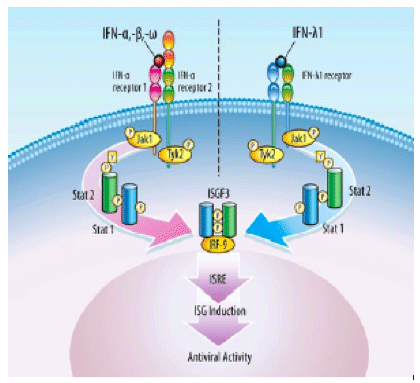
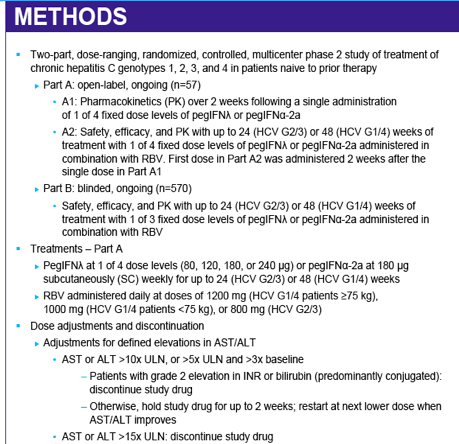
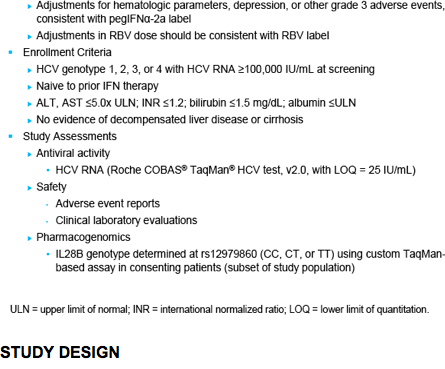
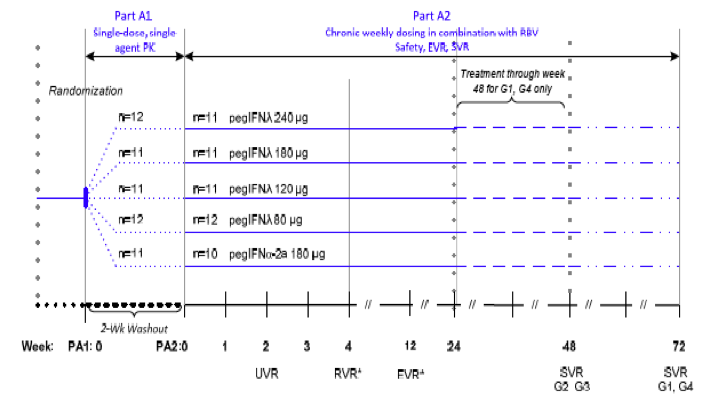
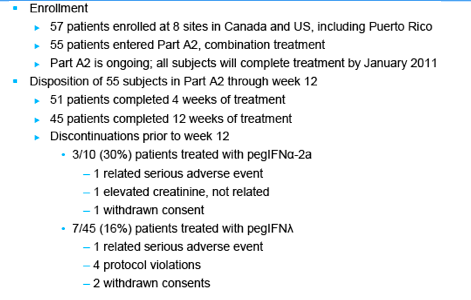
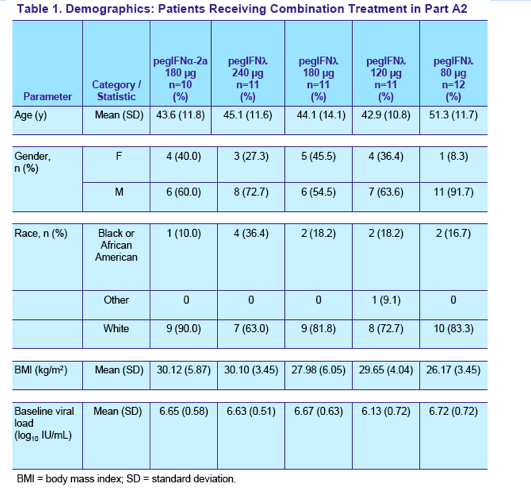
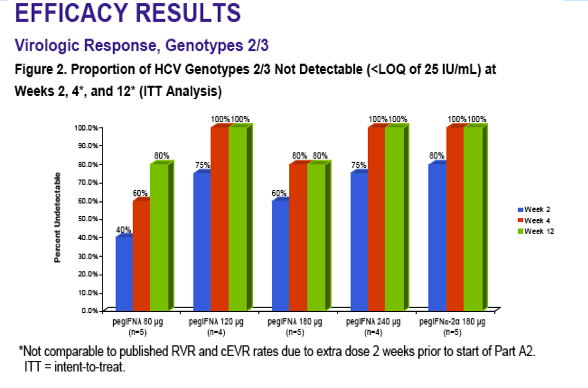
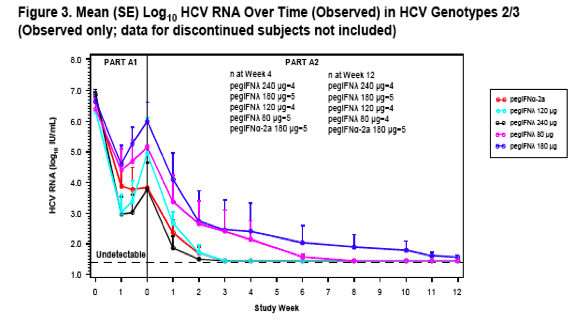
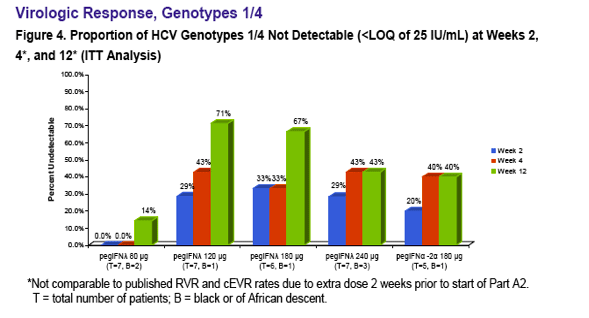
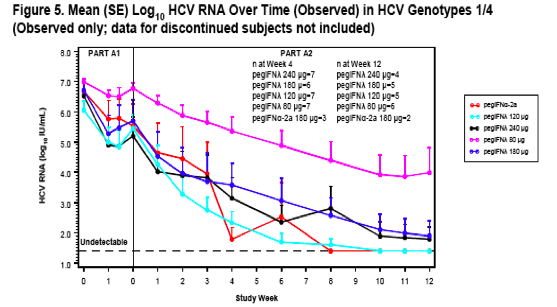
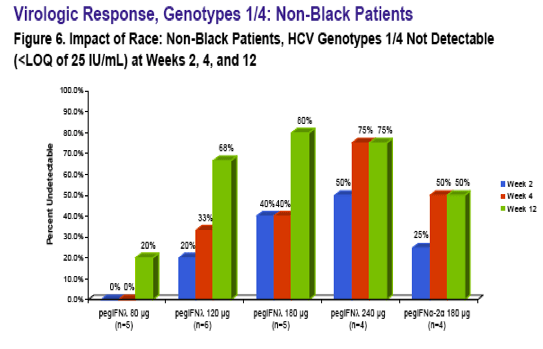
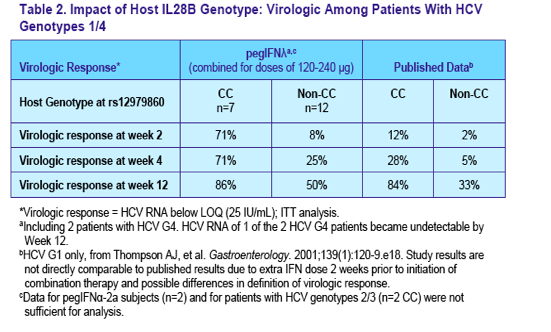
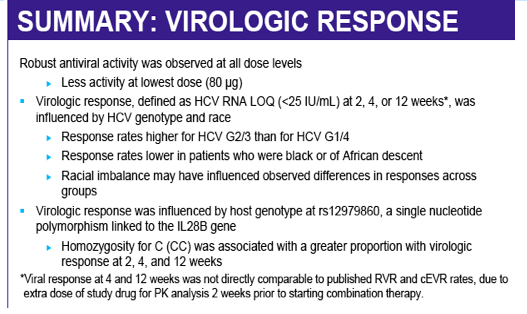
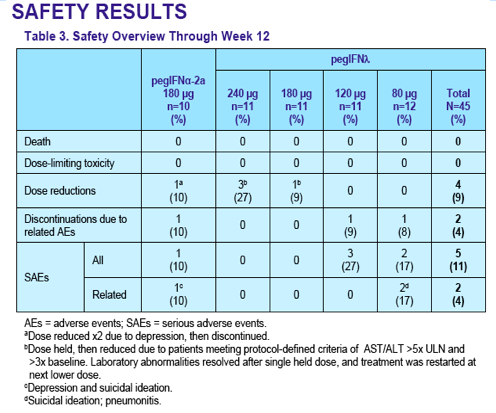
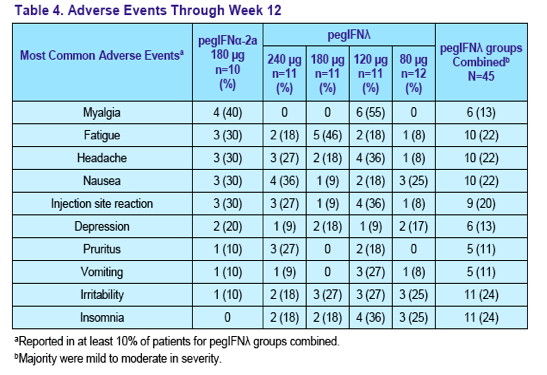
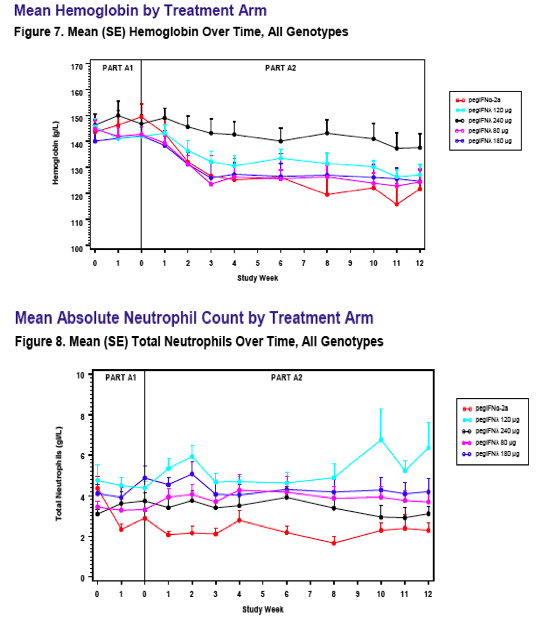
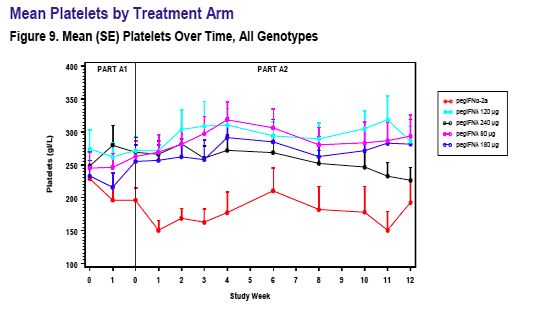
|
| |
|
 |
 |
|
|